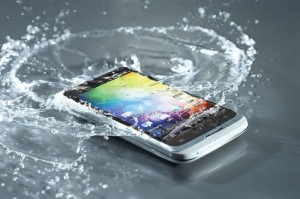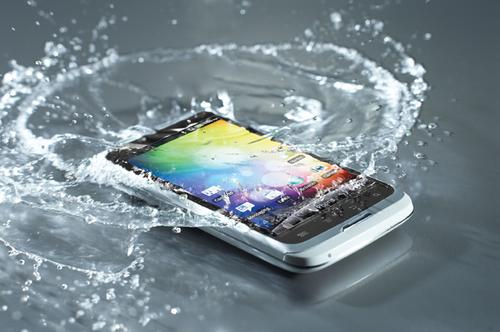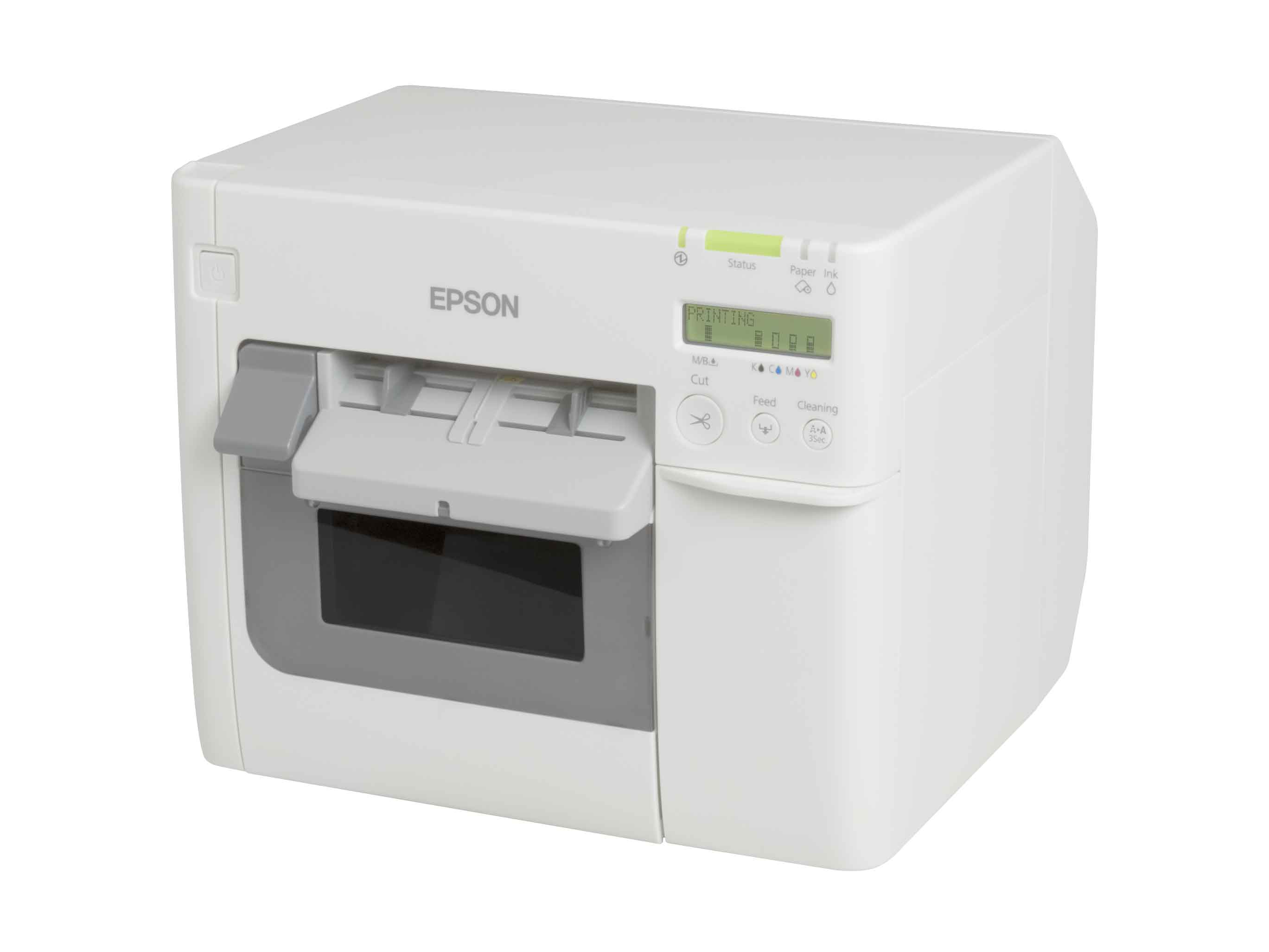
On some Design News message boards, we’ve discussed how great it would be if consumer electronics like smartphones and tablets were rougher and tougher. What if you could actually drop one into the sink by accident, or into your plate of spaghetti sauce, and no harm would be done?
A nanoscale coating that’s now being applied to some smartphones will let you do that (though we don’t recommend it). Aridion, developed by P2i, is used by Motorola on its RAZR and XOOM phones, and by Alcatel on its One Touch phones. About 30nm thick, or 1,000 times as thin as a human hair, the hydrophobic polymer coating is applied to completed products at the end of the manufacturing process. It coats exterior surfaces, ports, and even interior components, protecting them against liquids and stains, according to a P2i video, which you can watch below.
The coating, based on perfluorinated carbon compounds, is applied via a plasma-enhanced vapor deposition process that lays it down on all of the device’s internal and external surfaces. The process takes place under low pressure in a vacuum chamber at room temperature. The vaporized polymer bonds at the molecular level to materials, reducing corrosion and water damage. The polymer layer reduces surface energy, so instead of being attracted and spreading out on the device’s surface, water and other liquids bead up and roll off.
According to P2i, Aridion does not affect conductivity or the functioning of components, and is so thin that it doesn’t change the product’s look and feel. Since the coating becomes an inseparable part of the material it bonds to, it is as durable as the materials it protects. No solvents are used in the application process, which consumes only tiny amounts of the protective monomer.
The first commercial application for electronics was coating hearing aids. The company says the coating can be applied to a wide variety of materials, including fabrics, polymers, metals, ceramics, glass, leather, and paper, as well as objects made of multiple materials, such as smartphones and tablets. Another version of the coating, ion-mask, is used on shoes and clothing.
The technology was originally developed during UK defense research projects. In that research, the aim was to protect soldiers’ clothing from chemical weapons. The videos on the company’s website showing liquid rolling off are pretty impressive. I think P2i should try to figure out how to apply this coating to existing electronic devices, presumably while they’re still new. Places like Kinkos could buy one of the chambers and offer a retrofitting service for electronics that haven’t already been protected.




